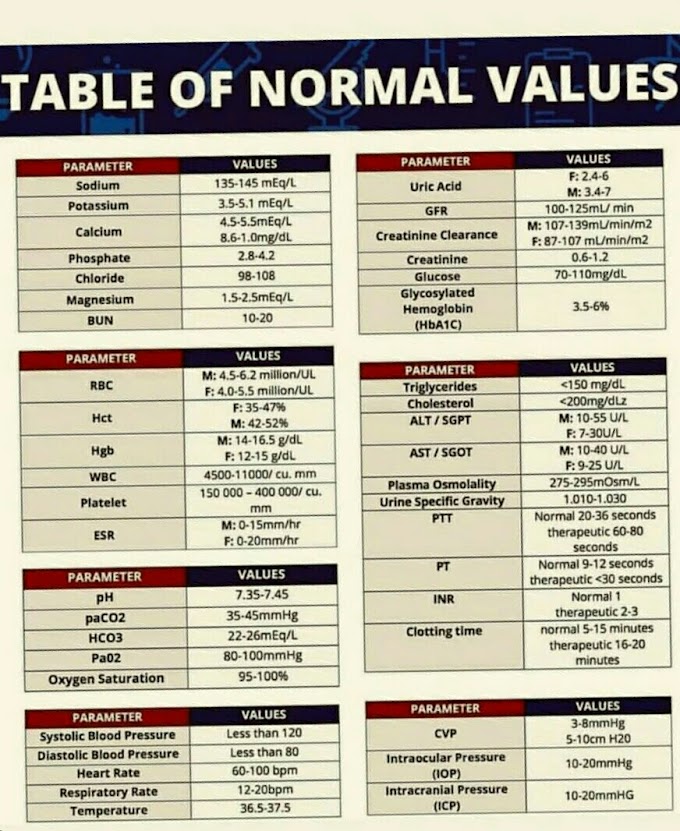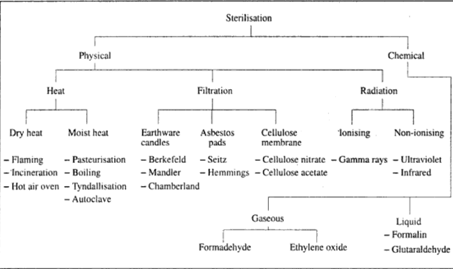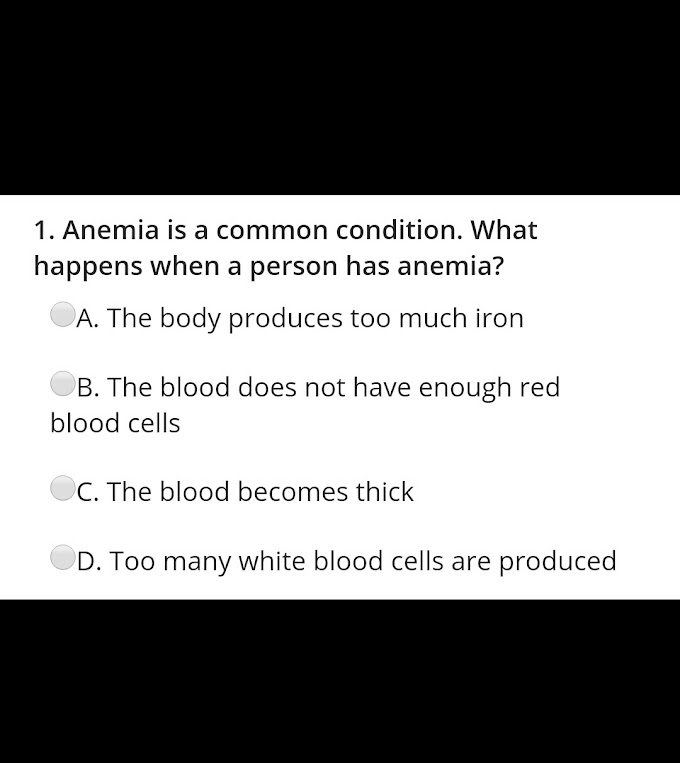DILUTING SOLUTIONS
Diluting from One Strength to Another
Single Dilutions & Serial Dilutions
DILUTING SOLUTIONS
It is frequently necessary to dilute solutions during
various laboratory investigations. To dilute a solution is to reduce its
concentration, i.e., make a weaker solution from a stronger one. It is
therefore necessary for a laboratory worker to be capable of solving simple
dilution problems. The dilutions can be single or in series.
Diluting from One Strength to Another
A weaker solution can be prepared from a stronger solution
by using the following formula: = RV/O
Where
R = Required
concentration
V = Volume of solution required
0 = Original concentration
Examples
1. To make 1 litre of 0.1 mol/L solution of sodium hydroxide
(NaOH) from 0.5 mol/L solution.
R = 0.1 mol/L
V = 1000 ml
0 = 0.5 mol/L
Therefore, measure 200 ml of 0.5 mol/L NaOH and make it up
to 1000 ml with
distilled water.
2. Given 30 % solution, prepare 500 ml of a 9% solution.
Therefore, measure 150 ml of 30 % solution and make it up to
500 ml with distilled water.
3. Make 15 ml of 1:50 dilution of blood. In this case R =
1/50
V=15 ml
0 = 1
Therefore, to prepare 15 ml of 1:50 dilution, add 0.3 ml of
blood to 14.7 ml of diluent.
Single Dilutions
Single dilutions are required when (1) the concentration of
a substance in a solution is too great to be accurately determined, (2) the
amount of specimen is less than the procedure requires.
Single dilutions are usually expressed as a ratio such as
1:2, 1:5 or 1:10, or as a fraction 1/2, 1/5 or 1/10.
To prepare 1:2 dilution, take 1 volume of original solution
and add to 1 volume of diluent.
To prepare 1:5 dilution, take 1 volume of original solution
and add to 4 volumes of diluent.
To prepare 1:10 dilution, take 1 volume of original solution
and add to 9 volumes of diluent.
Dilution factor When the diluted sample is used for an
estimation instead of undiluted sample, a dilution factor is used to correct
for the final result of estimation.
For example, 1:10 dilution of a specimen is used for the
estimation of a substance, the concentration of the substance in the dilution
should be multiplied by 10 to obtain the final concentration in the original
specimen.
Serial Dilutions
Many laboratory procedures such as serological methods, make
use of a series of dilutions which are referred to as serial dilutions. A
complete dilution series may consist of 5 to 10 tubes. A fivetube two fold or
doubling dilutions may be performed as follows (Fig. 4.2):
Place 1 volume of diluent in tube number 2 to 5.
Add I volume of specimen in tube numbers 1 and 2.
Mix the contents of tube number 2 and transfer 1 volume to
tube number 3.
Repeat the same procedure up to tube number 5 and discard I
volume from the fifth tube.
Thus the specimen in tube number 1 is undiluted.
Tube 2 contains 1 vol. of specimen and 1 vol. of diluent,
therefore, the dilution is 1: (2 x 1), i.e., 1:2
Tube 3 contains 1 vol. of 1:2 dilution and 1 vol. of
diluent, therefore, the dilution is 1: (2 x 2), i.e., 1:4.
Tube 4 contains 1 vol. of 1:4 dilution and 1 vol. of
diluent, therefore, the dilution is 1:(2 x 4), i.e., 1:8.
Tube 5 contains 1 vol. of 1:8 dilution and 1 vol. of diluent
therefore, the dilution is 1: (2 x 8), i.e., 1:16.
Serial dilutions may also be 5 fold or 10 fold in which case
the original specimen is diluted 5 or 10 times. It is important that all the
tubes in the serial dilutions must have equal final volume.













If you have any queries related medical laboratory science & you are looking for any topic which you have have not found here.. you can comment below... and feedback us if you like over work & Theory
.
Thanks for coming here..